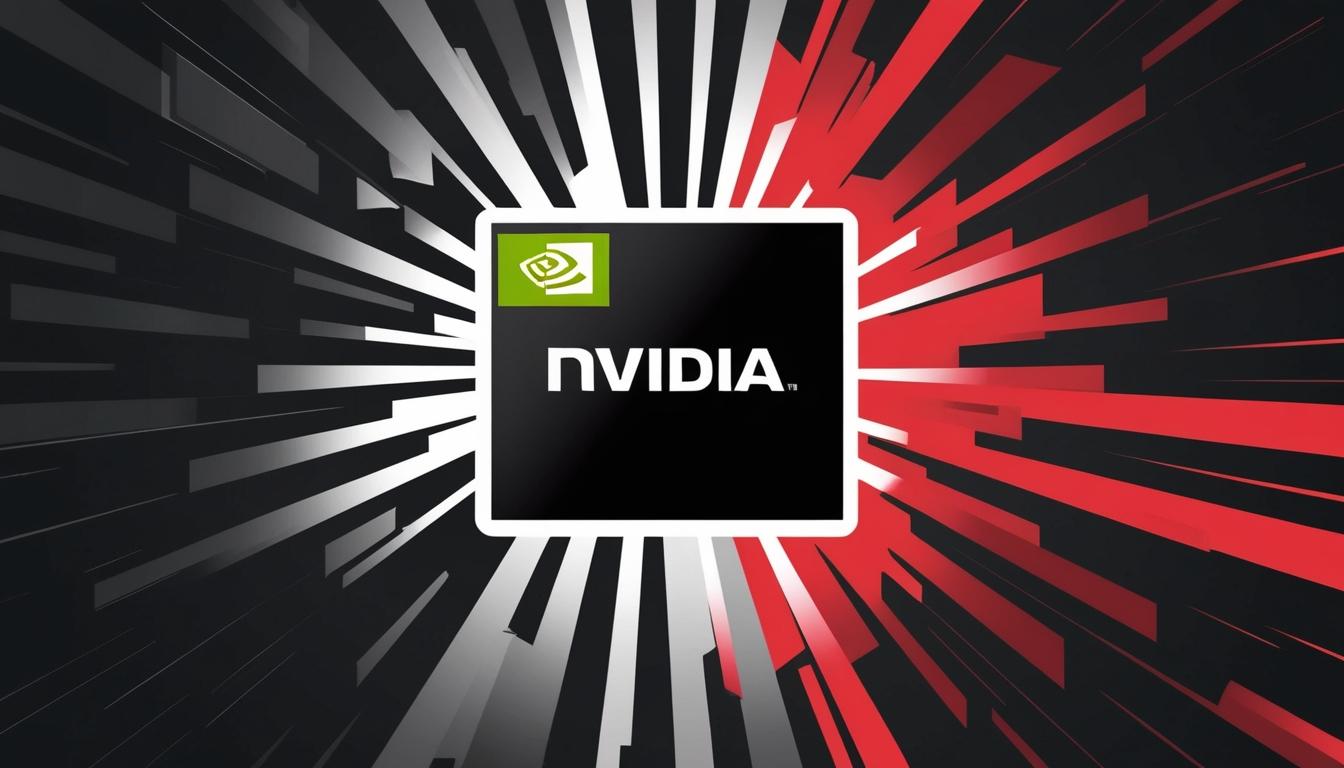At the Consumer Electronics Show (CES) 2025, held at the Michelob Ultra Arena in Las Vegas, Jensen Huang, the Chief Executive Officer of Nvidia, delivered a compelling keynote address that captivated an audience of approximately 12,000 attendees. The event, which showcased Nvidia's advancements in artificial intelligence, felt more akin to a rock concert than a traditional product presentation, complete with enthusiastic applause and an immediate 3% surge in Nvidia's share price, reflecting investor confidence.
Huang illuminated a transformative future in which IT departments will evolve into the primary human resources managers of entire fleets of digital workers. He articulated a vision where IT professionals will not only maintain traditional systems but will also hire, train and oversee autonomous AI agents tailored to meet the unique demands of their respective organisations. “In a lot of ways, the IT department of every company is going to be the HR department of AI agents in the future,” he stated, eliciting a mix of cheers and gasps from the audience.
A highlight of the presentation was the introduction of Project Digits, Nvidia's next-generation AI desktop that arises from the innovative GB10 chip. Huang revealed that this compact device, which promises robust AI computing capabilities, will be available by May. With 128GB of unified memory and 4TB of storage, Project Digits positions itself as a powerhouse for data scientists and AI researchers. Huang showcased the chip like an award-winning trophy, underscoring its importance in Nvidia's broader strategy to provide cutting-edge technology for various sectors.
Additionally, Huang unveiled the latest iteration of Nvidia's graphics processing unit, the GeForce RTX 5090, which aims to deliver double the performance of its predecessor, the RTX 4090. This announcement reinforced Nvidia’s foothold in the gaming industry, demonstrating its commitment to evolving gaming technologies. The entry-level RTX 5070 also emerged as a high-performing option, utilising Nvidia’s latest AI technology to produce impressive gaming outcomes.
Moving beyond gaming, Huang outlined Nvidia's ambitions in the automotive sector, highlighting collaborations with industry leaders such as Toyota and Continental. These partnerships leverage Nvidia’s suite of advanced automotive technologies to drive innovation in both driver assistance and fully autonomous vehicle capabilities. “The [autonomous vehicle] revolution has arrived,” Huang proclaimed, predicting a burgeoning multi-trillion-dollar robotics market.
A significant component of Huang's vision is the concept of physical AI, represented by the Cosmos World Foundation Model. This initiative aims to equip robots with an understanding of physical laws, enabling them to perform real-world tasks with efficiency. Huang’s groundbreaking ideas included the use of the Isaac GROOT Blueprint, which employs virtual reality to train humanoid machines in various scenarios, underscoring the potential for integration across manufacturing and logistics sectors.
The evening concluded with Huang's optimistic outlook on the future of work, where human employees collaborate seamlessly with AI agents. He painted a vivid picture of how industries, from gaming to automotive, will be reshaped by AI advancements. Despite the excitement generated among attendees and the demonstrative enthusiasm visible during the session, concerns about the implications for workplaces and job descriptions lingered in the background.
In a separate announcement, Nvidia introduced Project Digits as a ‘personal AI supercomputer’, akin to Apple's Mac mini in size and design. Although specifications were limited, it was emphasised that the device is intended to empower AI researchers and data scientists with advanced capabilities, starting at a price of $3,000. The GB10 chip boasts a notable performance of one petaflop, capable of running complex large language models. While comparisons with Apple's offerings were drawn, it is clear that Project Digits is tailored specifically for demanding AI applications rather than general consumer use, featuring an extensive library of Nvidia’s AI software for development and prototyping.
As the night drew to a close, Huang's presentation encapsulated a vital moment in technological development, where the pace of AI integration into business practices is accelerating dramatically, marking the dawn of a new era in workplace dynamics and industry innovation.
Source: Noah Wire Services
